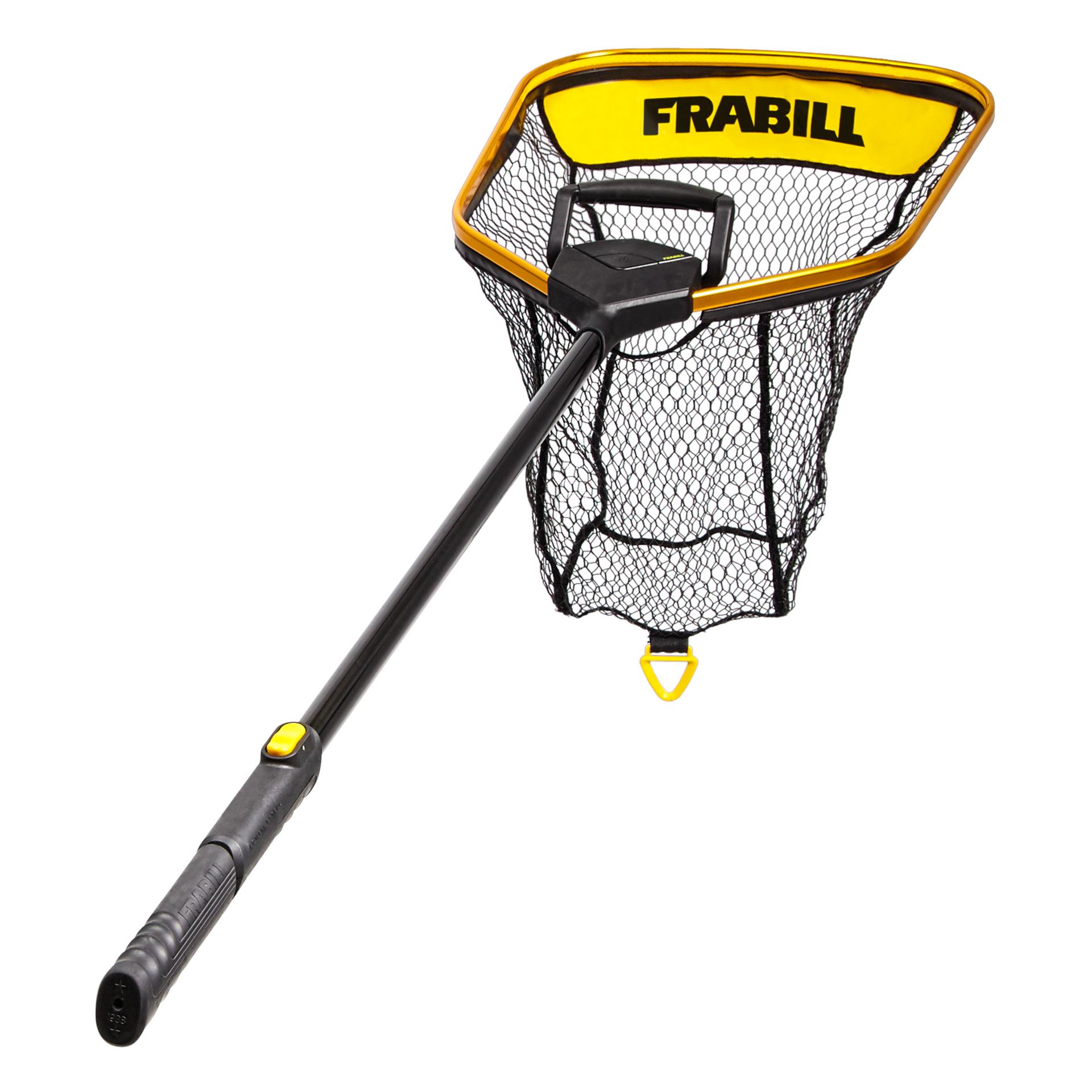I'm not certain of the etiquette, but are those good eating, or are you releasing those? I know my FIL used to keep a few trout, and he would always hit me up to prepare all the salmon he caught, but I don't know if the lower number of trout was simply due to less caught, or if he sent many of them back into the water.
I release all of the lake trout so I do not know how they are to eat, but, I’ve been told lake trout are more like salmon their meat is oilier than trout. From what I understand Lakers have a slow metabolism and they eat once or twice a week, the 10# fish are probably 10 years old. In my opinion the etiquette is to release the lakers, if one wants meat for the table then there plenty of Rainbows to be had, SD F&G plants a lot of rainbows each year, some are huge, they also plant lakers and salmon but the salmon I think are recent plants and the population is small, I’ve caught a few of those, again in my opinion they should be released as well to let the population grow. The limit on lake trout here is one fish per day, 24” or better.
Dissertation follows …
From what I’ve been told Pelagic fish such as the various Tuna’s, Mahi / Dorado etc.. grow incredibly fast, a blue fin Tuna for example will grow to 550 pounds in 3-5 years, a Dorado can grow from five pounds at the beginning of the year to 25 pounds towards the end of the year. Incredible.
While I appreciate people wanting to enjoy them for dinner, I wish people would let them all go as there are just not that many when compared to the Rainbow trout that are in the lake. Eventually I’ll catch one that gets gill hooked or for some other reason won’t survive and it will end up on the dinner table. The Rainbow trout in the lake are of the Gerard variety, these are big rainbows, wide across the back with pink meat and are really good table fare. I believe South Dakota Fish and Game has worked with Wyoming Fish and Game to either acquire these Gerards or get breeding stock, the minimum size that are planted are 17”, they have to be that big to keep from being eaten by the Northern Pike that grow to 50” in this lake. The Pike are also very good eating, they’re just hard to fillet with their Y bone which is like another set of ribs, these are slimy fish with lots of teeth but are worth the effort as to me their meat is a lot like Sword fish or Halibut. All of the fish planted here are fully capable of breeding, certain states only plant a sexual hybrids, CA is one, not capable of breeding which seems counter intuitive to the whole program. My Dad used to use his back or his Donkeys to pack in thousands of fingerlings to the lakes and streams of the High Sierras in California back in the day, these fingerlings were all off spring of captured native fish that were bred in hatcheries.
Salmon are highly sought after here, they’re mainly over in Lake Oahe over by Pierre, but there are some in Pactola as well. While Walleye are highly sought after, (none in Pactola) all of those that are of legal size make it to my freezer, I think the salmon are the best, so probably why your FIL brought you so many more salmon than trout. Last summer I brought home some salmon from Oahe and some got grilled and some got smoked, the smoked was my favorite.
Here is one picture I have of a big laker coming up to look at the lures from where it was hanging out in the submerged brush or tree line. The top screen is the 2D fish finder, the lines at 83’ are the Dow rigger balls, the arc or rainbow is long and flat because the fish took a long time to pass through the upside down cone of sonar, which I’ve learned means it is following the lures, if the fish passes through the cone quickly you get a short very pronounced arc, and the colors represent the strength of the return thus the red in the center being highest strength of return. The lower screen is the down imaging and you can see the fish angled up slightly, not a good representation of the down imaging..

I thought I had some pics of my down imaging of these big lakers hanging out in submerged trees or just laying on the bottom but I don’t, I’ll have to fix that next time out. Here’s a couple of down imaging pics, again not a good representation of how good the images usually are. In the top picture you can see a laker hanging out right above the brush / small trees.

In this picture you can make out that those are pine trees with a really big laker hanging out there to the left of the tallest pine tree. I’m pretty sure that’s the old river bed with trees on either side of it.






















